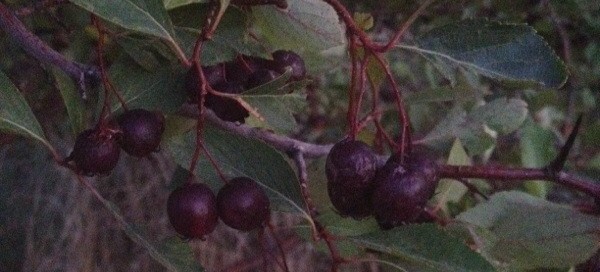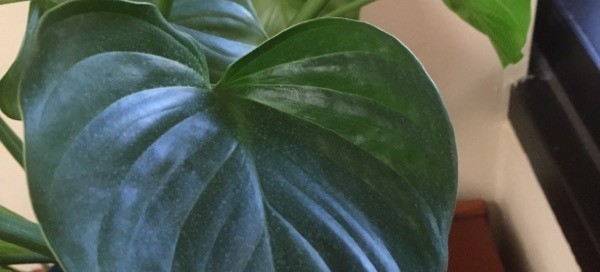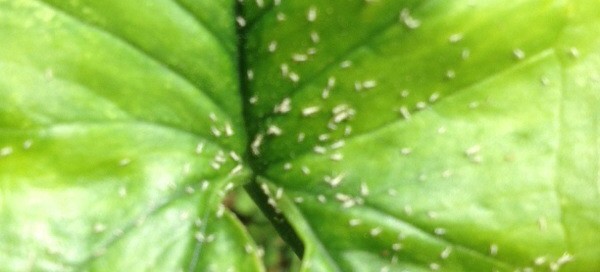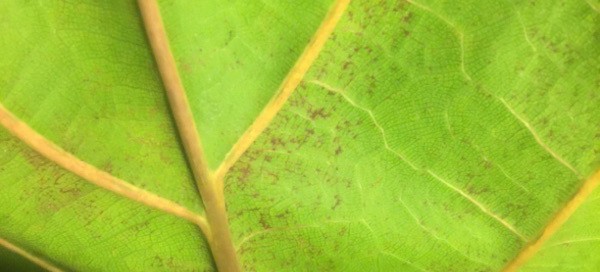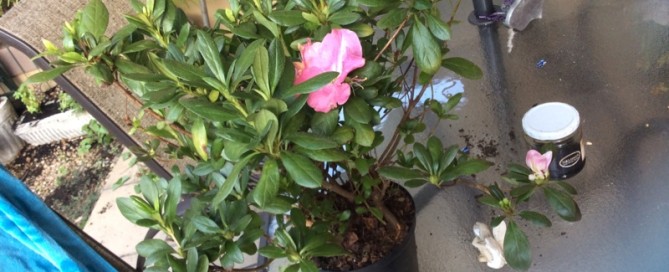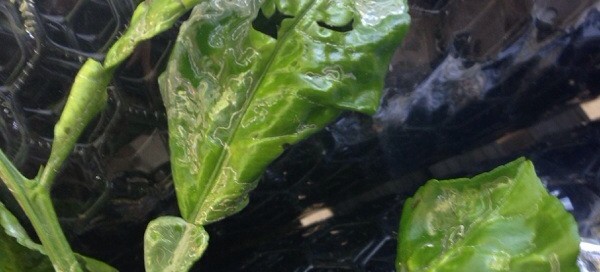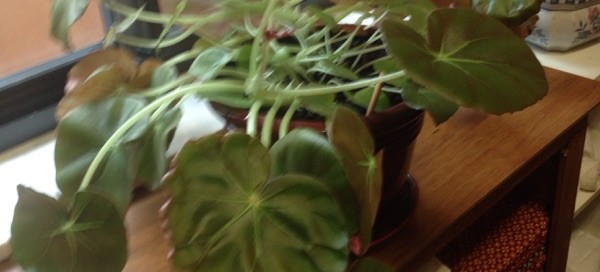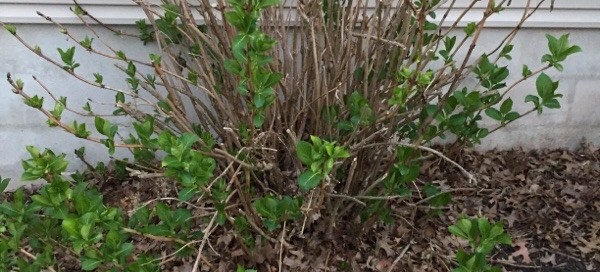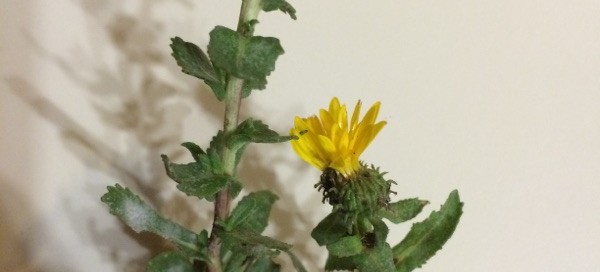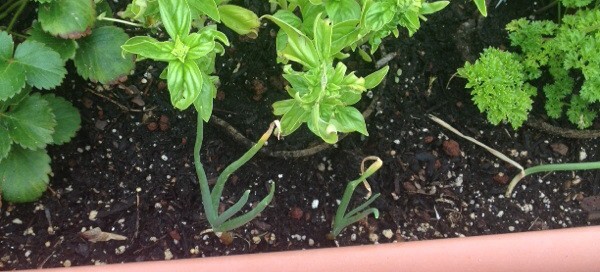Blackhaw
We think this may be a Black haw is usually grown as a large, upright, multi-stemmed, deciduous shrub with an irregular crown, but it also may be grown as a small, single trunk tree. As a shrub, it typically grows 12-15' tall with a spread of 6-12', but as a tree may reach a height of 30'. Non-fragrant white flowers in flat-topped cymes (to 4.5" diameter) appear in spring. Flowers give way in autumn to blue-black, berry-like drupes which often persist into winter and are quite attractive to birds and wildlife. Ovate, finely toothed, glossy dark green leaves (to 4" long) turn attractive shades of red and purple in fall.
Common name refers to the purported similarity of this plant to hawthorns (sometimes commonly called red haws), though hawthorns are in a different family.
We are not 100% certain of the leaf size, and how that matches up.
Also, here's a note from one of the botanists: if there are small tufts at the bottom of the fruit, it is a haw berry or a rose. No small tufts = cherries and plums.
